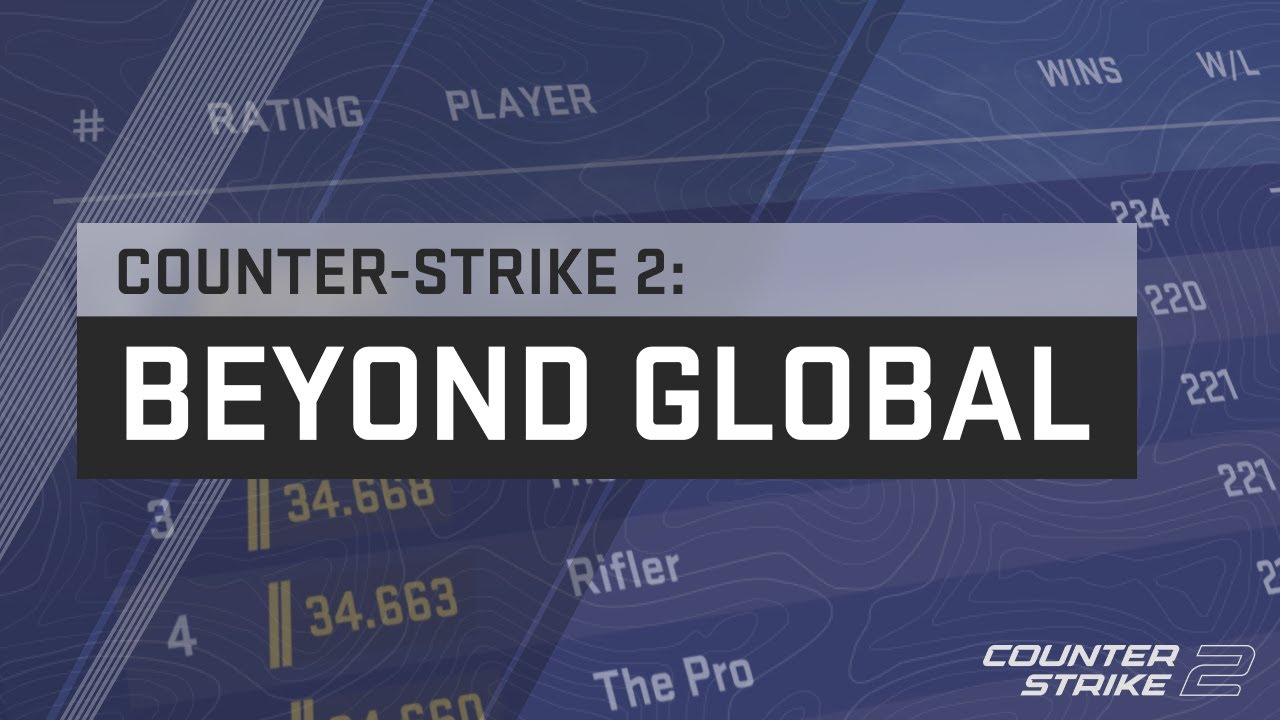
SteamOS as a whole is not open source. Most of it is, but it also includes proprietary software (e.g. Steam itself). This is likely why you were downvoted, as SteamOS can be kept private without violating any license thus your first statement was false.
Valve could distribute each single piece of open source software they use on request to their customers, without publishing any guide to actually build it. (Thanks for linking to Valve’s repo, which seems to match this statement.)
This is how Apple does it with Darwin, the BSD-derived open source core of macOS. Without all the proprietary parts it’s not useful as an OS, even though they follow all the necessary licensing.

KDE and Gnome being nearly identical, irrespective of X.org and (X)Wayland, was to be expected. Prior benchmarks came to the same conclusion, altough I believe to remember the gap between Wayland and X.org has been widening slightly.
It’d be interesting to see if games running natively on Wayland will change things a bit more, but I don’t expect it to change performance any more than it did until now (barely measurable). Most of the performance issues of games is having enough compute to calculate the frames, not how they are presented.
But it’s interesting that Gnome Wayland still has some unexpectedly worse results in a few cases, altough it’s not a reason to choose any desktop over another.
In this case it’s a bit weird though, as the game lists Linux as supported platform, but obviously just ships the Windows build with Proton instead of having a native Linux build that uses open cross-platform APIs.
It being under supported platforms might mean that the developer officially supports proton and thus Linux. Hopefully they’d provide fixes if they somehow break the game on proton (e.g. they won’t add an unnecessary launcher which breaks the game).
On Fedora you could do flatpak list --app to look whether Steam is installed as a flatpak. If not it’s installed through dnf, but that can be tested by running dnf list installed | grep -i steam. You could also open Fedora Software and I believe in the top right is a button to select where a package should come from. There’d be the option to choose between flatpak or rpm. Another way to test is to open a terminal and type in steam. If Steam opens, it’s a rpm, if the command is not available, it’s a flatpak (you’d need to use flatpak run com.valvesoftware.Steam, iirc).
Packaging software is usually not that difficult, especially if it’s already packaged in another packaging format. E.g. .deb and .rpm put the same files in similar places, the difference is mainly how It’s specified where a file goes. Because Snap and flatpak are providing a sandbox, complex software like Steam can behaves unexpectedly (fixed a few years ago for flatpak).
tl;dr
You’re right, it’s not worth the effort. Both rpm and flatpak should work flawlessly. If multiple games actually have issues running trying out a different package might help, but I didn’t have issues for many years, so you probably won’t either.

Counter-Strike 2 runs noticeably worse than Source games like CS:GO and Team Fortress 2. Sadly CS2s Source 2 Vulkan renderer isn’t so great compared to its DX11 renderer, which is only available on Windows. It might mean you’re stuck with worse performance, even I want to upgrade from my RX580 because fps drops feel really bad. When I tried to run CS2 on the Steam Deck fps where ok, but also not great, so sadly it’s not unexpected that it’s not playable on that laptop. Hopefully Valve improves their Vulkan renderer.

Actually, a driver can be an infection, just like any other program can be malicious. But I do agree that from a system access standpoint, running the Vanguard kernel driver is not much different than using kernel-level EAC/BattleEye. Except the annoying starting at boot part.
A program without elevated privileges already has access to almost all important things on your computer anyway. Luckily flatpak supports sandboxing which protects from exploits in online games.
Not really, usually Steam packages on distributions aren’t maintained by Valve. The only exception are .debs from their website. Even the Steam flatpak is community maintained.
I’ve had no issues with steam on nixos/nixpkgs. Flatpak also had it’s fair share of bugs and games not working because of flatpak and proton using bubblewrap for sandboxing. Snaps sandboxing might cause those issues too, so hopefully they’ll be fixed at some point (or even better, Ubuntu switches to flatpak for desktop apps).
[…] Ubuntu based distros can’t deliver the best performance for gaming because they use older graphics stacks and kernels […]
I generally agree, altough PopOS specifically has a more recent kernel than Ubuntu. They’re currently on 6.6, which was the current release until a few days ago. I believe they also use newer mesa than Ubuntu, which should make it similar to rolling release distros in terms of performance.
This is why I recommend PopOS to people new to Linux, as few distros are newbie friendly with recent kernel+mesa. Most distros with recent packages either like to break on updates or don’t ship proprietary codecs by default.
With an increasing amount of update issues on Nobara Linux, I think it shouldn’t be recommend to people new to Linux. There’re other distros like PopOS that are better tested.
But I generally believe the long-standing popular distros should be recommend instead of the new projects with many changes to their base distro. E.g. Garuda, Nobara, Zorin, … Being opiniated and configured are great for people who know enough about what they’re getting into.
The MX 130 does have Vulkan 1.3 support according to the specs. https://www.techpowerup.com/gpu-specs/geforce-mx130.c3043
Adding to sane@feddit.de, CS2 also isn’t yet released on Linux. It works through proton but doesn’t support online play as VAC only works native.

The problem in this case is that they automatically trigger XeSS, which isn’t bad unto itself (unless it can’t be deactivated, which this sounds like).
The GPU does support XeSS but it crashes on Linux. If they just added a toggle/cmd flag to disable the feature changing the vendorId wouldn’t be necessary.

That’s something way too many Linux fanboy’s repeat again and again, which does not make it any more true than it is.
The fact of the matter is that games designed for Windows run better on Windows in almost all cases. There are some games that work better on Linux and these examples are then repeated endlessly (“Look, my Linux is better than your OS!!1!1!!!1”). Iirc some of these games only worked better with a particular GPU vendor, so even some of those examples weren’t universally true (DOOM 2016?).
Especially the 1%/0,1% lows are often worse on Linux than Windows. But I don’t want to discourage anyone from using Linux for gaming! I’m exclusively on Linux and I’ve played countless hours of GTA, BattleBit and Overwatch and many more.
A german news outlet did some benchmarks on recent titles on Windows and Linux. Not on identical hardware but close enough to show that there’s still some aspects lacking, especially those 1% lows.
Original: https://www.computerbase.de/2023-07/star-wars-jedi-survivor-linux-test/
Google Translate: https://www-computerbase-de.translate.goog/2023-07/star-wars-jedi-survivor-linux-test/?_x_tr_sl=auto&_x_tr_tl=en&_x_tr_hl=en-US&_x_tr_pto=wapp
Original: https://www.computerbase.de/2023-06/diablo-iv-linux-benchmarks/
Google Translate: https://www-computerbase-de.translate.goog/2023-06/diablo-iv-linux-benchmarks/?_x_tr_sl=auto&_x_tr_tl=en&_x_tr_hl=en-US&_x_tr_pto=wapp


The benchmarks go against the narrative that Windows and Linux are pretty much equal in performance. I’ve read regularly that Linux is “often” faster than Windows for gaming, especially from more recent Linux users.
5 years ago, 15% performance difference were the expected performance loss through DXVK and wine/proton, so these benchmarks would’ve been the expected result.